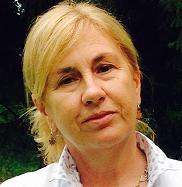Introduction
The RAMSES laboratory for regenerative and personalized medicine of musculoskeletal system out biomedical research activities concerning the muscular-skeletal system.
In particular, preclinical evaluations are performed in the field of tissue engineering and rheumatic diseases, such as osteoarthritis, with the aim to set up possible applications/industrial developments.
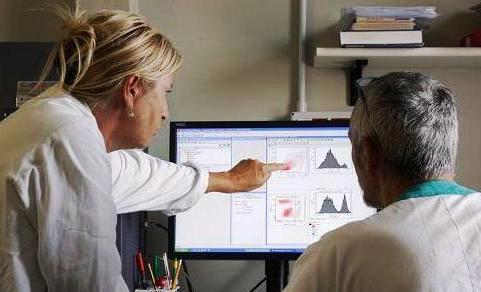
The laboratory makes available industrial research and technological innovation activities such as:
- Development and validation of medical devices, biological compounds, and cell therapies
- Biofabrication
- Pharmaceutical and Nutraceutical
- Biomarkers.
The laboratory is also able to provide know-how for the design, drafting, reporting of research projects on a national, international and industrial basis.
Please download our informative brochure with a brief description of the Laboratory Ramses services.
Research Activity
Several lines of research are active in the laboratory, aimed at the characterization and evaluation of the clinical potential of: medical devices such as visco-supplementation products; biological compounds such as platelet rich plasma (PRP), bone marrow concentrate and adipose tissue concentrate; cells isolated from various sources, alone or in combination with biomaterials supplied externally or made by the laboratory itself by 3D printing. Primary monolayer cultures are obtained from different types of human and animal tissue (mononuclear cells, mesenchymal cells of different derivation such as bone marrow, adipose tissue, bone tissue etc., chondrocytes, osteoblasts, synoviocytes, tenocytes, ligament cells) and subsequently characterized from a proliferative, phenotypic and functional point of view, both in basal conditions and inducing differentiation in chondrogenesis, osteogenesis, etc.. Cellular and/or tissue cultures are prepared even under experimental conditions different from those shown: in tri-dimension, in pellets, under regulated oxygen tension conditions and under controlled mechanical stimulations through the use of a bioreactor. The preclinical optimization of the constructs can be performed both in static and dynamic systems (e.g. Flexercell and Bioreactors). Structural and morphological evaluations are also performed through histological analysis and evaluations in optical microscopy and image analysis. These activities are aimed at the evaluation of tissues engineered for transplantation for the regeneration of osteo-cartilaginous tissues, the definition of molecular mechanisms underlying some joint diseases and the performance of preclinical tests for the validation of molecules with potential therapeutic relevance.

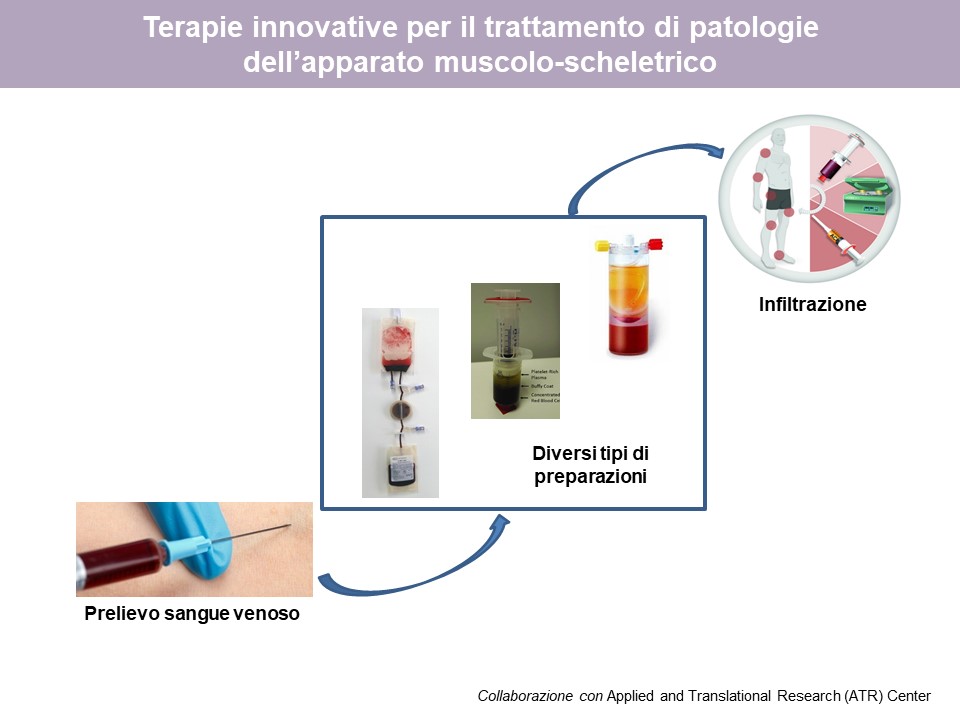
The laboratory offers a "customized" printing service with biomimetic materials of various nature through the combination of multiple printing technologies in a single process, in a controlled sterile environment. The present platform consists of two instruments:
- 3D Discovery, a printer that builds the devices through the polymerization of cellularized or non-cellularized hydrogels, substances able to support the growth of various cell types, or the use of thermoplastic polymers for the realization of shelves and 3D models
- 3D Discovery Evolution, which, in addition to the already mentioned technologies, allows the realization of constructs with characteristic sub-micro/nanometric dimensions through the use of electrospinning/writing technology both for casting and in solution.
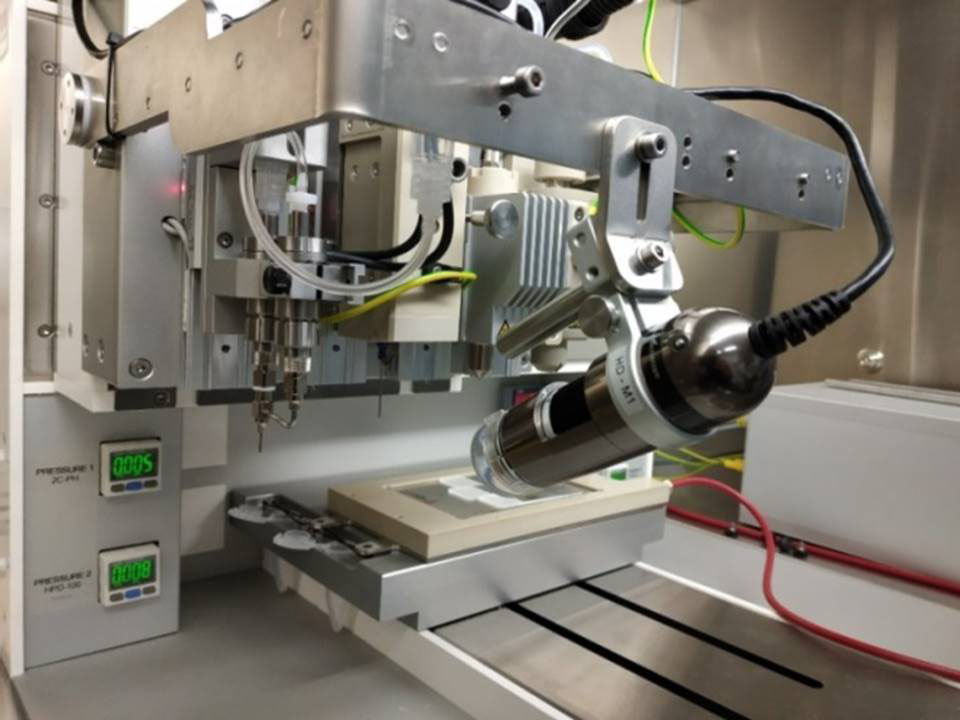
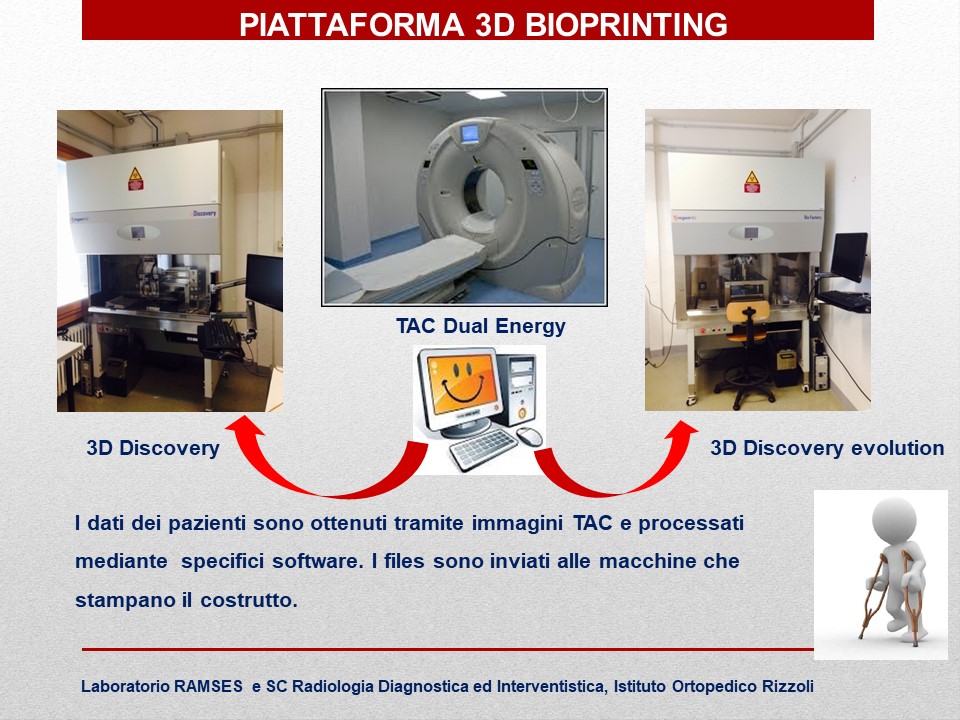
The RAMSES laboratory provides in vitro preclinical evaluations for the characterization of plant origin (nutraceuticals) and synthetic products, and their role as molecules potentially useful for the therapy of musculoskeletal diseases, such as osteoarthritis or osteoporosis. The skills and instrumentation present in the laboratory allow to acquire preliminary information on the effect and mechanism of action of natural or synthetic molecules, using advanced methodologies. The aim is to provide companies operating in the field of health food products (such as food supplements, foods for special medical purposes, enriched foods and, more generally, functional foods) or pharmaceutical industries, with services aimed at developing new products, improving their quality and guaranteeing, on a robust scientific basis, their safety and effectiveness, in accordance with the reference legislation. The expertise of researchers related to the Laboratory guarantees total coverage of the necessary skills for research and development of innovative and high quality products, whose properties are certified by studies conducted with high methodological rigor, following the regulations in force and the guidelines issued by the main institutions operating in the field of nutraceutical and pharmaceutical products and quality certification. In the pharmaceutical field, a family of molecules capable of stimulating the anabolic function of bone tissue has been developed and patented (PCT/IB2015/058551 "New molecules for bone regeneration").
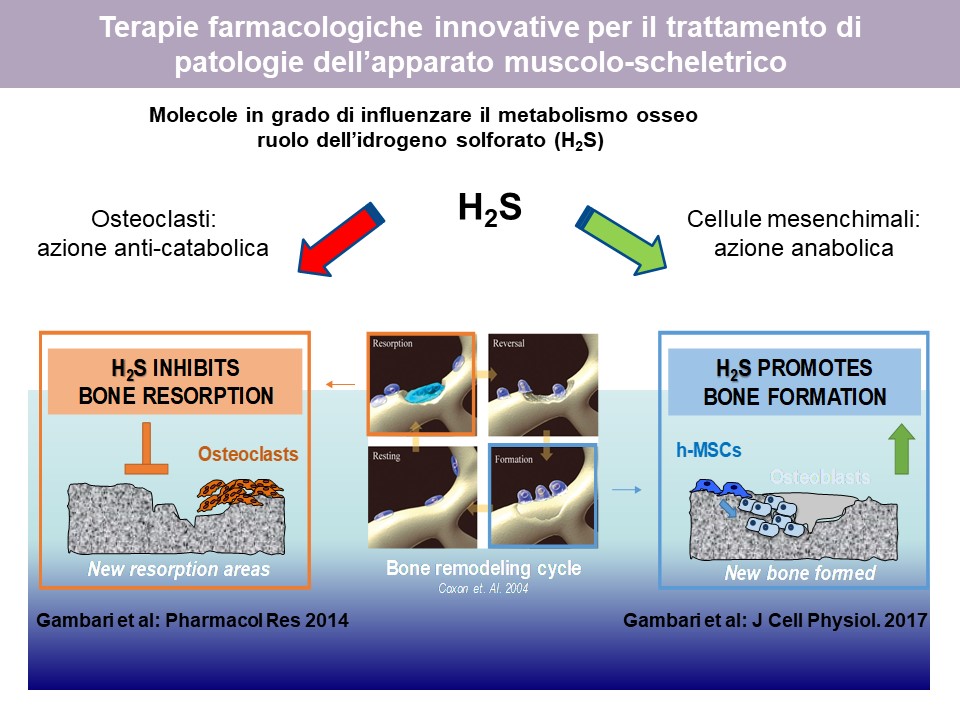
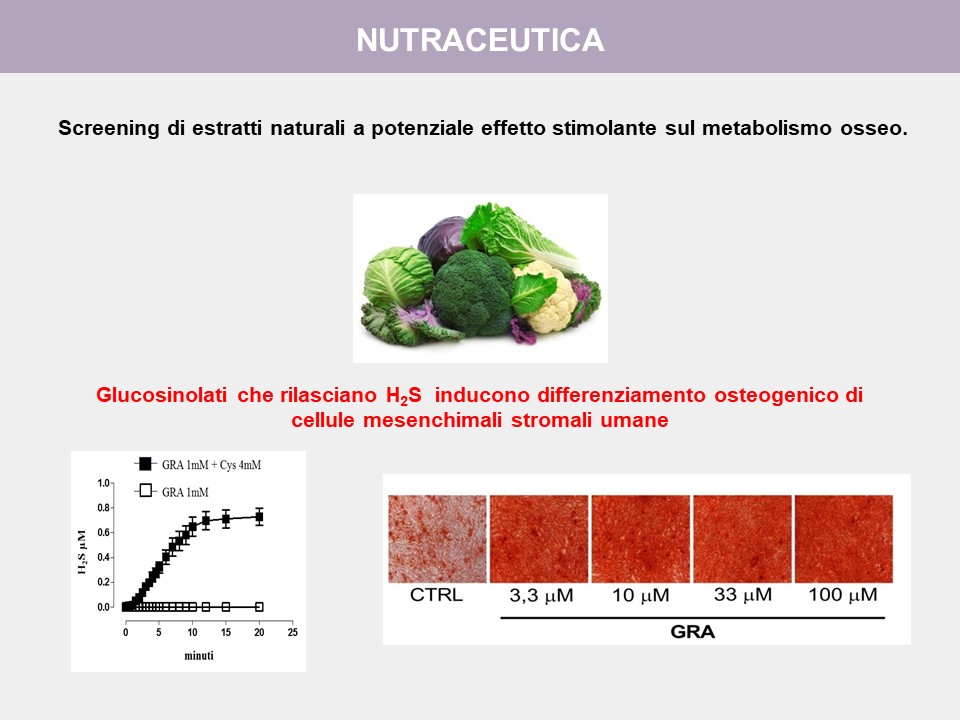
In the laboratory are active various research activities aimed at identifying markers of early diagnosis, prognosis and potential therapeutic targets and progression of some osteoarticular pathologies. To this end, phenotypic and functional characterization tests are performed on cell populations involved in the development of various diseases of the musculoskeletal system; studies to analyze the molecular mechanisms involved in the pathogenesis or response to therapies. In the laboratory methods of protein isolation, characterization, identification and quantification are applied. In particular, we perform protein extraction from cells and tissues, separation of proteins by classic techniques of polyacrylamide gel electrophoresis. Functional evaluations are performed through the analysis of soluble factors, such as cytokines, chemokines and growth factors, released at the joint level.

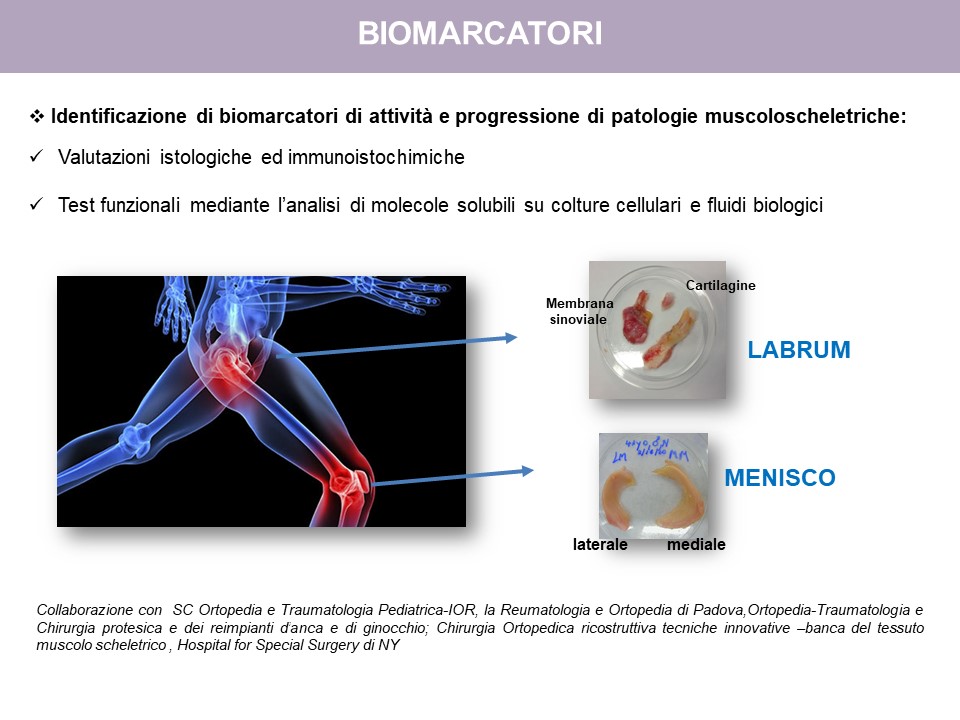
Attachments
Documents and videos about the ward/service
Documents and videos about the laboratory
Staff
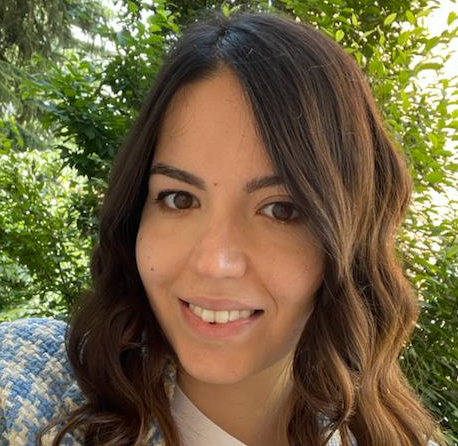
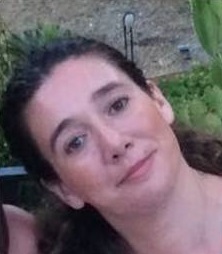
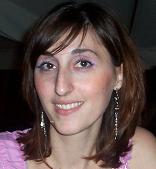
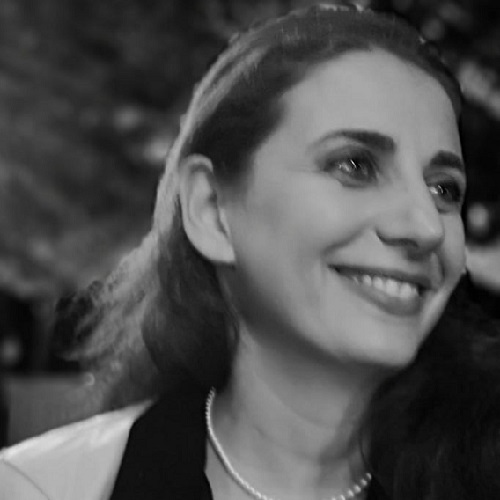


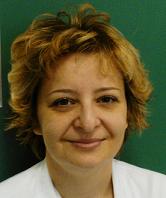
Contacts and Locations
Contact:
Secretary's office
phone +39-051-6366803
fax +39-051-6366807
e-mail ramses@ior.it
Researche centre Codivilla-Putti
Istituto Ortopedico Rizzoli
via di Barbiano 1/10
40136 Bologna (Italy)

